Andrew Boose
Metro Parks Aquatic Ecologist
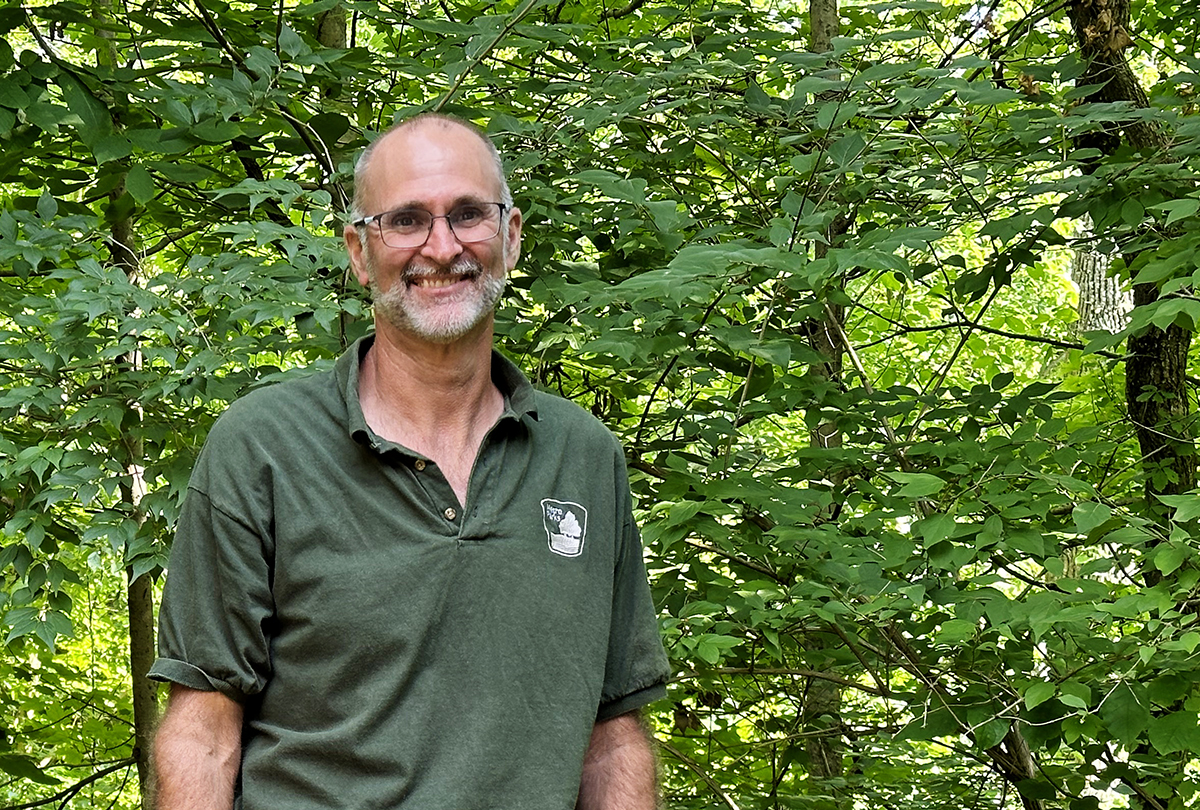
Hometown and background
I was born in Sandusky, but I lived a little to the east of there, or “on the other side of the tracks,” as some people called it, in Huron Township. Huron is a city of about 7,000 people, right on Lake Erie at the mouth of the Huron River. I grew up in what we locals call the “blizzard years.” I was 10 years old when we had the worst blizzard of my lifetime, in 1978. There were snow drifts off the lake as high as 40 feet. The last snow didn’t melt until the middle of May. It had some devastating consequences for Huron as a community, but as a 10-year-old, me and my pals had a ball! We were out sledding a lot, but we’d call on neighbors frequently, to check that people were doing okay. My dad built a new wood-burning fireplace onto our house and we’d enjoy the warmth even on the coldest days. There were six of us — me, my mom and dad, my sister Amy (who is one year older than me), plus a dog and a gerbil!
I wasn’t a great fan of school, but I got through it okay, helped, perhaps, by the fact that my dad was my high school’s math teacher. I had lots of classes with him, and called him “dad” in class! Quite a few times, my parents took Amy and me for days out in the Hocking Hills. I loved it there, all the hills and valleys, so different to Erie County, which is so flat. I remember thinking, when I first went down there as an 8- or 9-year-old, that I’d love to be a ranger here in the Hocking Hills. Rangers did everything in those days. I had already read about Gifford Pinchot, the first head of the US Forest Service and the creator of the Forest Rangers. Fast-forward 10 years, and while going to college fairs I learned about the Wildlife Resources Management degrees at Hocking Technical College. I became a student there in the fall of 1987 and left with my associate degree two years later. One of my first jobs was as a park technician at Chestnut Ridge Regional Park outside Morgantown in West Virginia. I also worked in the landscape department of West Virginia University for a time, before life seemed to call me back to Ohio. I worked for a landscaping company in Chillicothe before working on a project at the nearby Tar Hollow State Park, then getting a job at Great Seal State Park, also in Chillicothe.
I remember seeing an ad in the Columbus Dispatch, which said “Help Wanted” and was placed by Columbus & Franklin County Metro Parks. I actually interviewed for a park technician job at Blacklick Woods Metro Park. Although I wasn’t offered the position, I must have made a good impression, because when the job came open again a few months later, I received a phone call from Metro Parks asking if I would like to interview again. This time I did get the position, and my almost 30 years of service with Metro Parks began on November 1, 1993. In spring of 1996 I moved to the same position with Chestnut Ridge and Clear Creek Metro Parks, which were then under the same management team — and so finally, my boyhood dream of working in the Hocking Hills came true.
What I do at Metro Parks
One day, the then Clear Creek Manager Ken Browne came into work dressed in his best service uniform, and I asked him where he was going. He said he was off to Metro Parks Headquarters as he was helping to conduct interviews for a Metro Parks Arborist. This was an unadvertised position, and people who had been interviewed earlier were being re-interviewed. Because of my own interest in forest ecology, I asked Human Resources if I might be considered for the position. As luck would have it, I was given a chance to interview and I made a convincing case for myself to become the Metro Parks Arborist. I was granted the job and started in February 1997. On the very same day, Mac Albin, who had been a Metro Parks naturalist for about 15 years or more, started as Metro Parks’ Aquatic Ecologist. Although we worked in the same office at Metro Parks Headquarters at the start, my position was under the Operations Department, and Mac’s position was in the Resource Management Department.
I often found myself working with or alongside Resource Management employees. When my Operations Manager retired in 2000, the Resource Manager John Watts said to me, “We’ve drafted you!” Which turned out to mean that, from then on, my position was officially recognized as being under the structure of the Resource Management Department.
When I started at Metro Parks, the system managed about 13,900 acres. Today, that acreage has more or less doubled, and is now at a little over 28,500 acres. Most of that huge acreage is forested. Forests provide a special habitat suited to a wide and complex range of wildlife and plant life. My principal role was to maintain a healthy and Ohio-native forest environment that adequately supports native wildlife and native woodland flora. Management of these forest environments requires planning, planting and pruning on an increasingly large scale. The complexity of my role was recognized as being beyond that typically associated with the position of an Arborist, and so my position was redesignated as that of a Forest Ecologist in 2013.
At one time, the structure of the Resource Management Department included three ‘ecologist’ positions, those of Aquatic, Forest and Restoration Ecologist. Circumstances combined at one point to leave only myself in an ecologist position and we found ourselves needing to restructure the department. Although my role still requires oversight of many of our forests and woodlands, we now have just one ecologist position, and the title of Aquatic Ecologist was felt to be best suited to my overall role. I adopted this role in 2017. Three additional land management coordinators and a resource management technician were added to the department, to help Resource Management in our main task, invasive control. About 85% of the total work of the department is centered on the control of invasive plants and insects. The management of Canada thistle and honeysuckle has been a major battle over the years, but one that we are controlling well. Our biggest threat, in recent years, has been the wild spread of the callery pear. We know we can never rid ourselves completely of this damaging invasive, but with the help of our resource management team and volunteers, park technician strike teams, and park naturalists, we are preventing it from getting too strong a foothold in the parks. Likewise, we are constantly battling the threat to our native habitats from insects such as the hemlock woolly adelgid.
Other, less stressful tasks of the department include our annual butterfly, bird and fish surveys, which allow us to recognize trends and continue to refine our planning for the long-term management of our wonderful forest and aquatic environments.
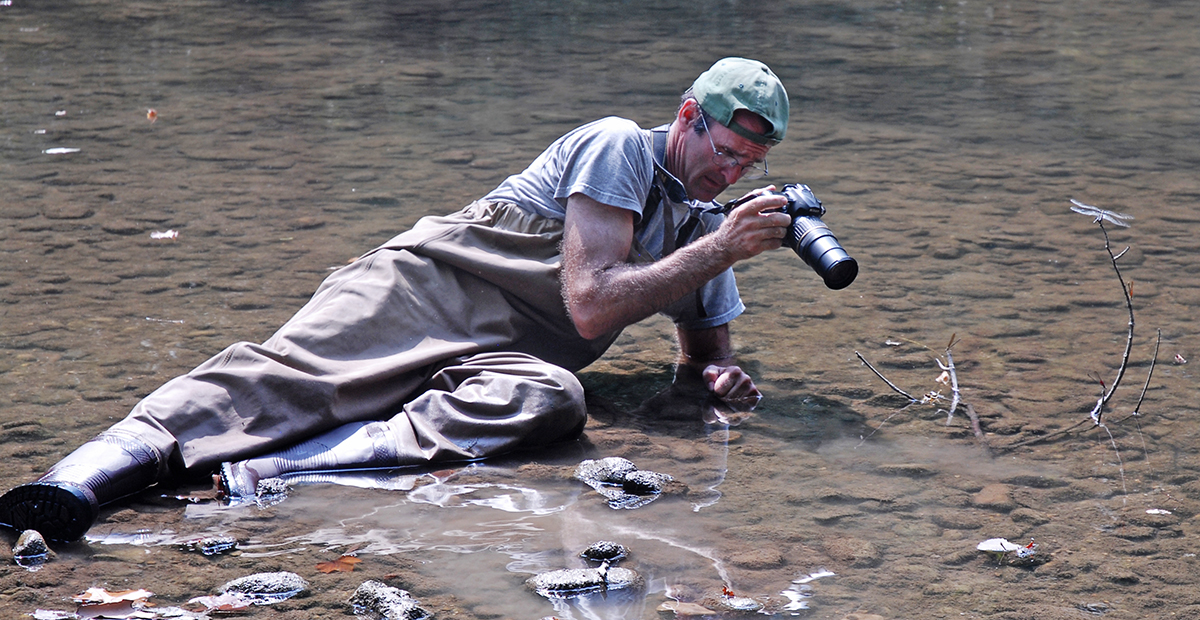
What I love most about my job
I love being a part of the Resource Management team, and I include our volunteers in this. Every Tuesday, our volunteers get together to work on a resource management project, and they come out in all weathers. On average, we have about 10 volunteers come out each week, providing us with 50 hours a week of volunteer labor. We are all dedicated to the same goal, to preserve the natural history of the Metro Parks. Both staff and volunteers, we all share our knowledge and learn so much from each other. As we expand our knowledge of the natural world, we develop social bonds too, and I am proud to consider so many of our volunteers and staff as good friends as well as work colleagues.
I also love the opportunity to see the complete variety of habitats we have in our 28,500 acres of park land. I walk everywhere, going off-trail and often making all kinds of unexpected discoveries, such as rare plants, big, interesting rocks, characterful trees and numerous animal dens.
A less frequent, but equally engaging aspect of the job is the chance to hob-nob with kids and adults at our occasional “touch a truck” programs. Everyone seems to love our big chipper truck. And I enjoy seeing kids climbing over the giant rocks that we transported from other parts of the park and installed outside the Battelle Darby Creek Nature Center. One of these weighs more than 28,000 pounds, or 14 tons!
My favorite Metro Parks activity
I’m happiest when I have a paddle in my hand and I’m out canoeing in the parks. I grew up canoeing. My dad used to take Amy and me on canoe trips when we were little. In the parks, I particularly enjoy canoeing on Little Darby Creek and on Clear Creek. Neither of these is used by a canoe livery business, so they’re always quieter and you get a real sense of isolation. I sometimes canoe alone, but often canoe with my wife Annette. Our dogs, Nolan and Lacey, come with us now and again. They’re bichon frisé, a breed of small, white dogs that have big personalities. I have five canoes, some of which I’ve adopted over the years from my dad or from friends. I built a wooden canoe, and I have an aluminum canoe, which is good for breaking ice on a cold winter float.
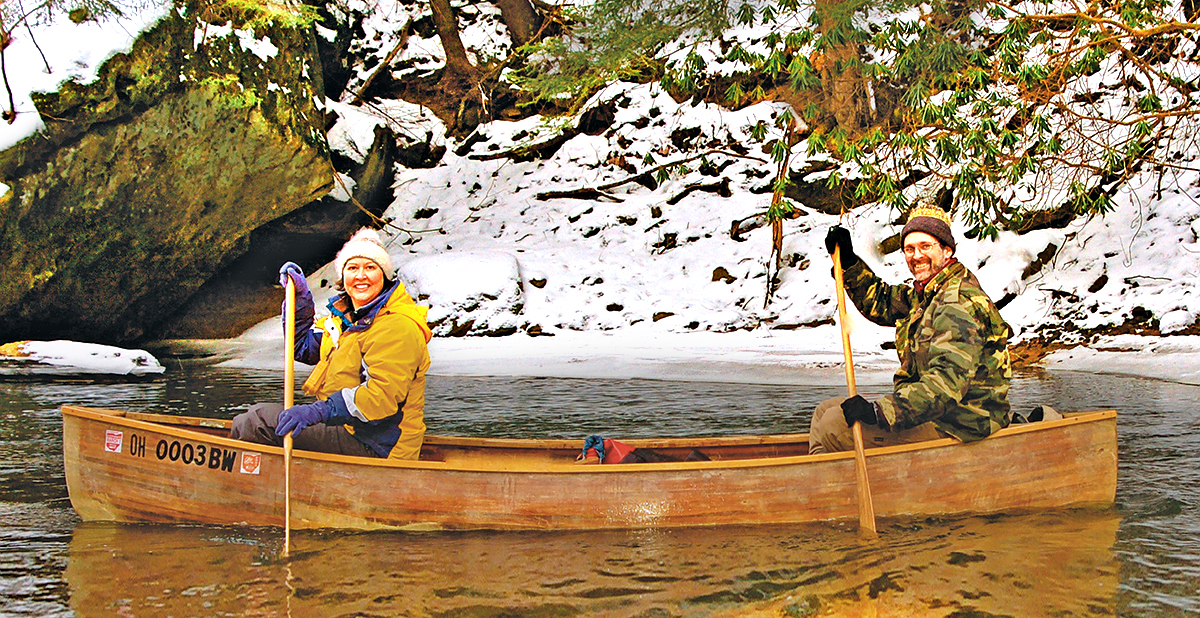
My favorite Metro Parks story that includes a positive visitor interaction
I’ve been at Metro Parks for a long time and have had many positive interactions, but thinking of this question my mind goes straightaway to a conversation I had with a gentleman named Bob Ballard, as we walked together in a beautiful, mature oak wood. The wood was part of a 122-acre parcel of land that Bob had sold to Metro Parks to be part of Glacier Ridge Metro Park. Bob continued to live on the land as part of a life estate agreement. Impressed with the wood, I asked Bob, who was then about 90 years old, about how much he had managed these woods. He said to me, “Andrew, I planted these trees!” They were mostly red oaks, and Bob had planted them in his twenties or thirties. He expressed his pleasure and satisfaction that Metro Parks had bought the land and would be the caretakers of his woodland and continue to maintain it in perpetuity. It was a very moving moment for us both.
If I could go anywhere in the world and time and money were not a concern…
I would love to visit the hanging lakes of Croatia. I’ve seen some footage of them on TV programs and would love to see them in person and maybe do some wilderness canoeing there. There are 16 lakes in all, with a total body of water exceeding 2 square kilometers, or about 0.75 square miles. The lakes form a National Park, called the Plitvice National Park. It’s in a mountainous region, and the lakes are perched on plateaus. The altitude falls 436 feet from the highest lake to the lowest, and there are a series of spectacular waterfalls. These cascading lakes are spread over a distance, as the crow flies, of about 5 miles. The lakes are all interconnected and follow the flow of small surface rivers and many subterranean rivers. The lakes change color depending on the level and type of minerals or organisms in the water, and on the angle of sunlight, ranging from azure to green to blue.
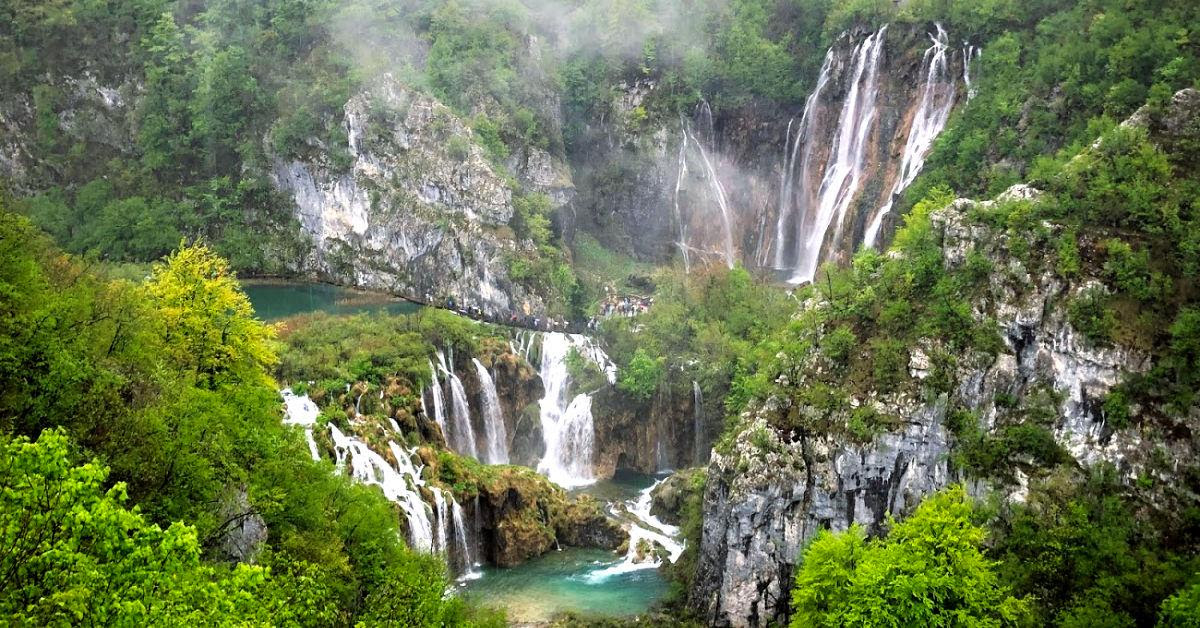
Fun facts about me and my family
1. I became a granddad last year! My granddaughter, Wren, was born on August 14 last year, which also happens to be my wife Annette’s birthday.
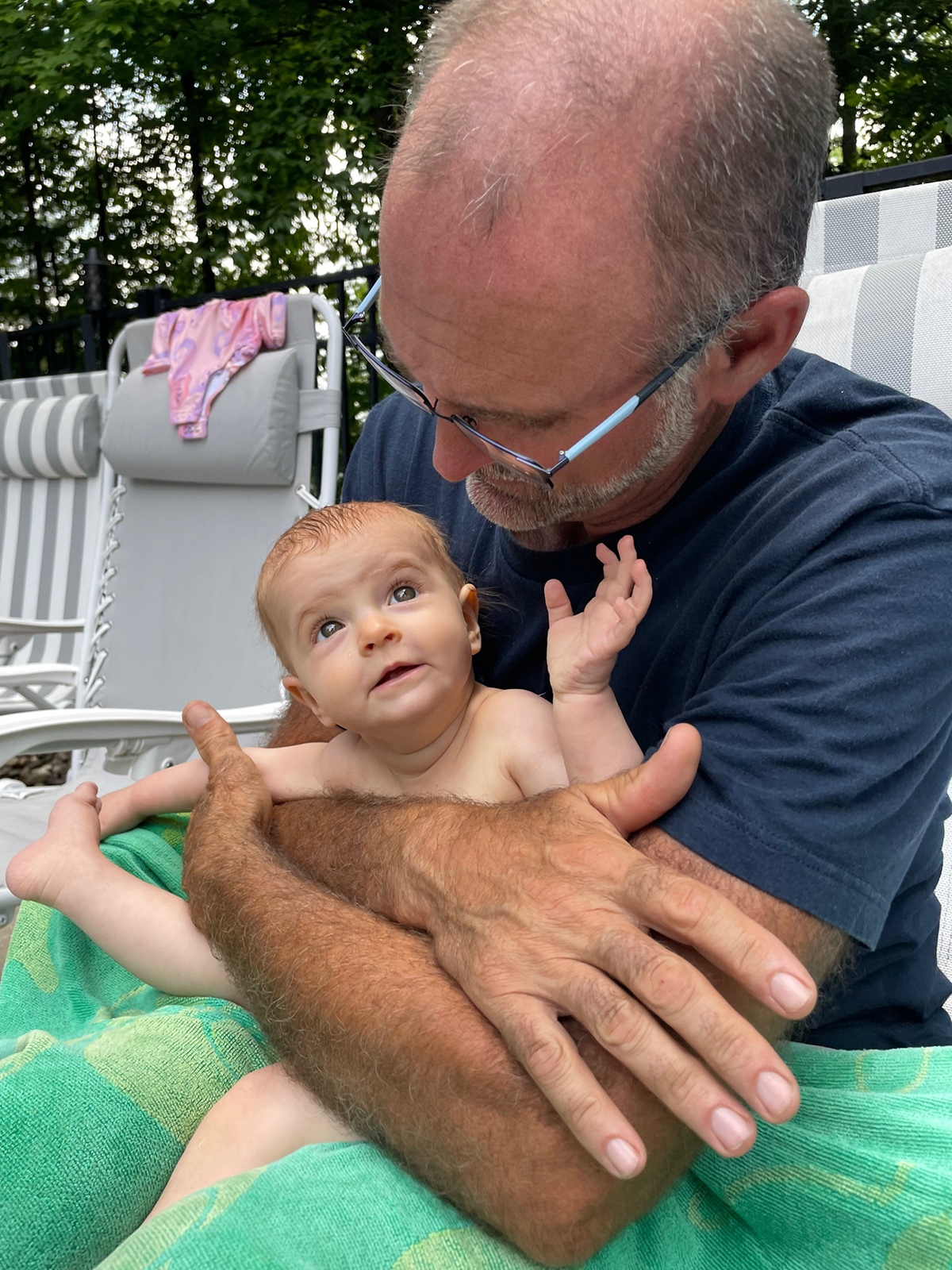
2. All of us got married in a Metro Park! I married Annette at Clear Creek in May 1999, and my daughter Elisha married her husband, Justin, at Scioto Grove Metro Park.
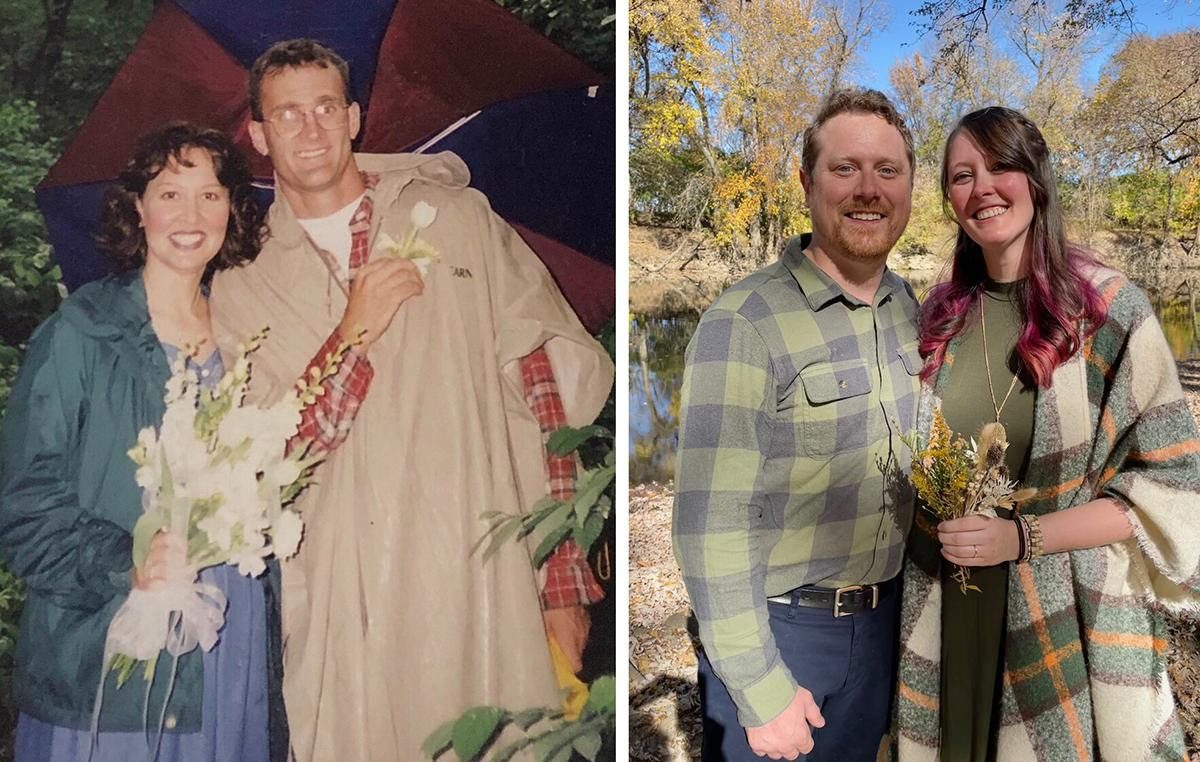
3. The Great Lakes keep calling to us! Especially the islands of Lake Huron in Michigan. Annette and I go there every year on vacation, and have done since we met in the 1990s. In fact, Annette has been going there with her family since she was a baby, from the 1960s. Elisha has been coming with us since she was born in 1992, and this year Wren will be joining us for the first time. We love the solitude and quietness of the islands and the wilderness and beauty. It’s so dark at night that you get fabulous views of the stars. On moonless nights you get fantastic views of the plain of our own galaxy, the Milky Way.


My favorite food and dessert
My favorite food is anything that someone will make for me! I’m not much of a cook! If I have to say what my favorite is, I’d say it’s perch, caught fresh and fried with breadcrumbs on an iron skillet. What do I like to have with my perch? More perch! When I was growing up so close to Lake Erie we had perch all the time and I’ve always loved it. It’s a very white and flakey flesh with a good flavor, but not too strong. For dessert, I’ll take Annette’s home-made key lime pie, which she bakes with a graham cracker crust.
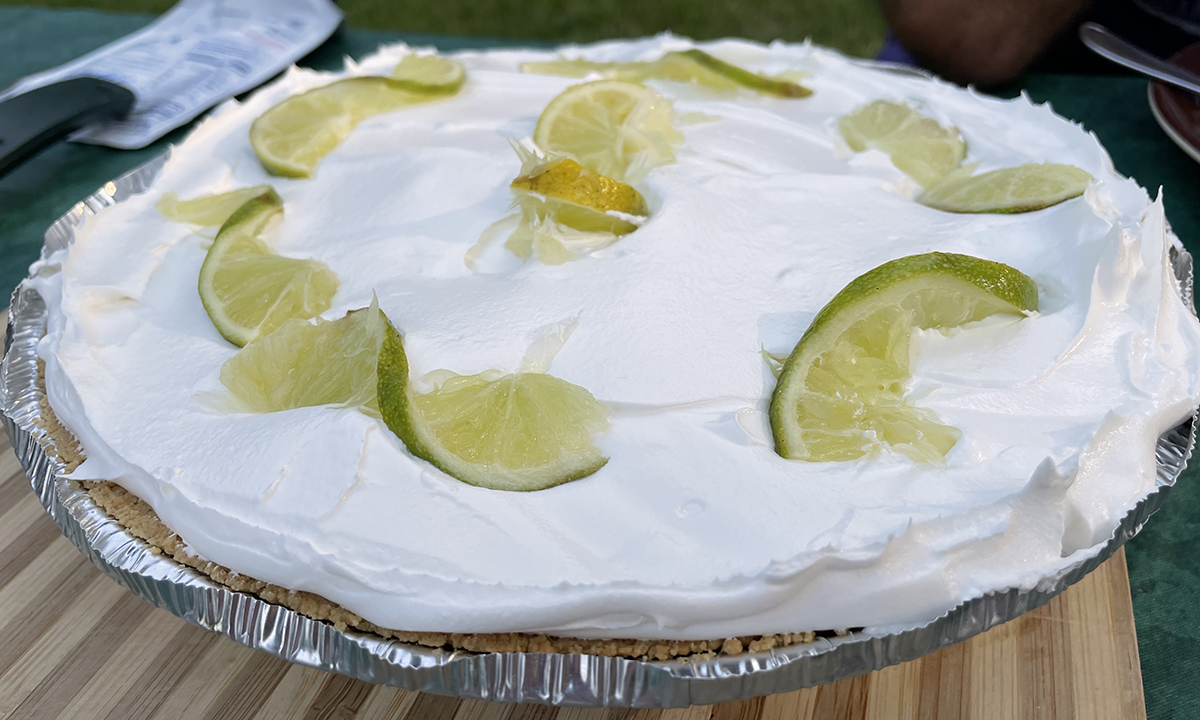
My favorite entertainment
I always enjoy reading. The Frontiersman, by Alan Eckart, has long been a favorite, but a book that has made a big impression on me recently has been The Snoring Bird, by Bernd Heinrich. It’s a memoir about the author’s family, especially focused on his father, Gerd Heinrich, a noted naturalist who studied wasps and birds. His search for a particularly rare species of rail, the snoring bird of the title, plays out as an adventure. Finally, on the last day of a two-year expedition, this rail, known previously from just a single specimen, was found by Gerd on Celebes, an island in Indonesia. Gerd, as a very young man, had fought as a flier for Germany in the First World War, but his family’s Polish roots cast a shadow over him and his family during World War II. The story of their survival is the secondary adventure of this fascinating memoir. The Heinrichs moved to the United States in 1951.
One of my favorite TV shows was a Canadian show, The Red Green Show, which used to be shown here on PBS. I still enjoy catching episodes of this old show on YouTube. I think it’s very funny, and pokes fun at the idiosyncrasies of males, made by other males. It ran for about 300 episodes, so there are plenty of them still to be seen on YouTube. A more current show that I really enjoyed was The Queen’s Gambit, a series on Netflix. This story of a female chess prodigy through the 1960s was exciting in itself, but it brought back a lot of personal memories, as my dad was my high school’s chess coach.
If I had just 60 seconds to share why I love working at Metro Parks, I’d say…
The chance I’ve had to be involved in the opening of 13 new parks in my near 30 years at Metro Parks has been incredible. I’ve seen so much, like impound lots becoming a natural oasis, and corn fields being transformed into wetlands and marsh areas where least bitterns and sandhill cranes nest.
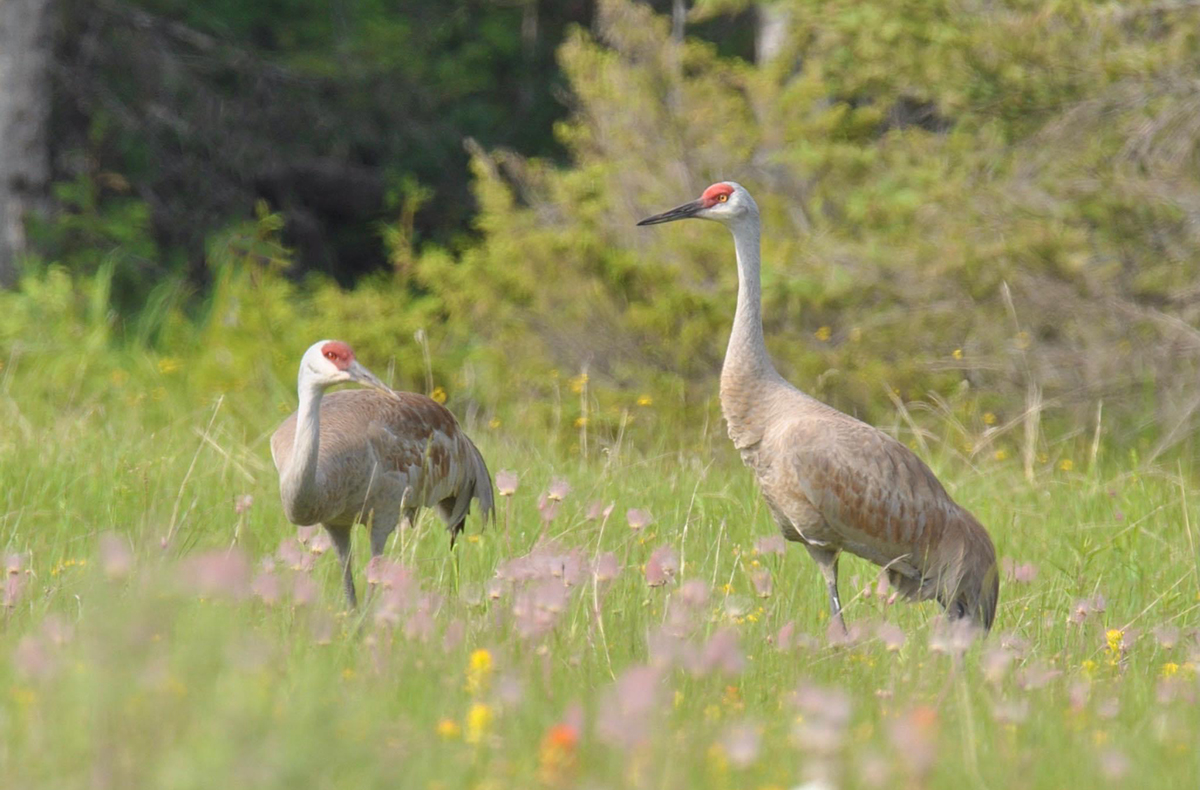

Enjoyed your story… and hearing about how you impacted the metro park system over the years. Nice job on the narrative!
Awesome article!!!! Andy is an amazing person with a great story. Wonderful family.
Thank you for sharing your story. Your granddaughter is adorable, and I love her name. I am so grateful for our Metro Parks and the good people like you who care for them.
A thoroughly enjoyable article. Thank you for sharing.
Did you know Eckhart wrote 4 books? I enjoyed reading history of this area through his research.
You have made me think about Maui. I read that fires were fueled in part because land was not reclaimed after sugar cane fields were abandoned. Thank you for reclaiming Ohio land and animals through the Metro Parks.
An impressive career and very nicely documented!